when can you stop repotting
bigmario
13 years ago
Related Stories
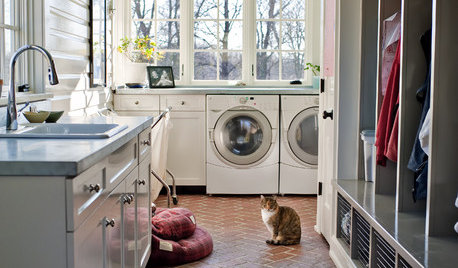
HOUSEKEEPINGAnother Independence Day: When Kids Can Do Their Laundry
Set yourself free and give your child a valuable life skill at the same time
Full Story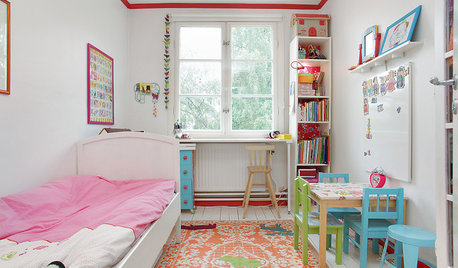
LIFEStop the Toy Takeover by Changing the Way You Think
Make over your approach and get gift givers onboard with your decluttering efforts by providing meaningful toy alternatives
Full Story
CONTRACTOR TIPSBuilding Permits: When a Permit Is Required and When It's Not
In this article, the first in a series exploring permit processes and requirements, learn why and when you might need one
Full Story
GARDENING GUIDESHow to Stop Worrying and Start Loving Clay Soil
Clay has many more benefits than you might imagine
Full Story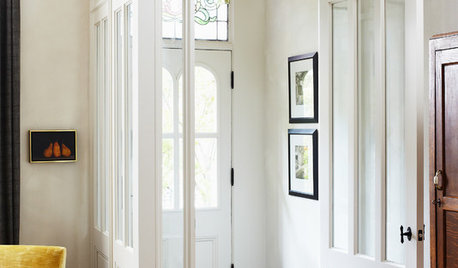
FEEL-GOOD HOMEStop That Draft: 8 Ways to Keep Winter Chills Out
Stay warm without turning up the thermostat by choosing the right curtains, windows and more
Full Story
LAWN ALTERNATIVESStop Fighting the Patchy Lawn!
Here are 3 situations where a garden may be a better idea than more turfgrass
Full Story
DECORATING GUIDESEntertaining: Hosts Pull Out the Stops for Kentucky Derby Parties
Walk through the lavishly appointed Malvern House as designer Lee W. Robinson shares tips for gatherings that go the distance
Full Story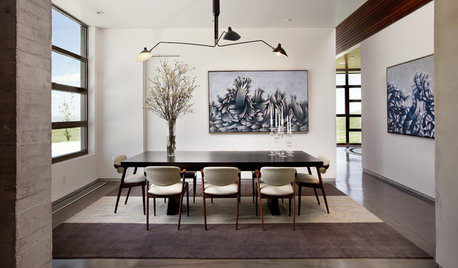
DECORATING GUIDES12 Decorating Scenarios When You Should Do Nothing at All
By embracing the positives of negative space, you can strategically highlight key furnishings, give the eye a rest and create focal points
Full Story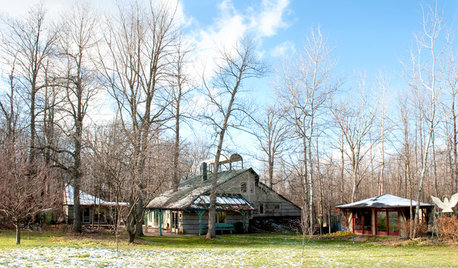
LIFEWhen You're Suddenly Solo at Home
Whether you stay in a home alone or move on, these strategies from professional organizers can help you with the process
Full Story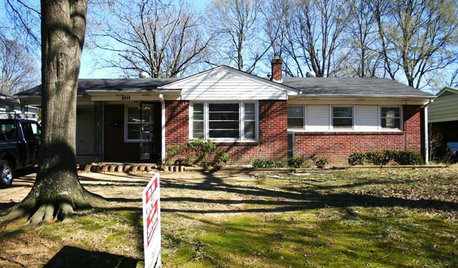
REMODELING GUIDES5 Ways to Protect Yourself When Buying a Fixer-Upper
Hidden hazards can derail your dream of scoring a great deal. Before you plunk down any cash, sit down with this
Full StoryMore Discussions






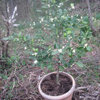
mksmth zone 7a Tulsa Oklahoma
meyermike_1micha
Related Professionals
Carlisle Landscape Architects & Landscape Designers · Harrison Landscape Architects & Landscape Designers · La Marque Landscape Architects & Landscape Designers · South Orange Landscape Architects & Landscape Designers · Zion Landscape Architects & Landscape Designers · Canyon Lake Landscape Contractors · Farmington Landscape Contractors · Leicester Landscape Contractors · Mahwah Landscape Contractors · Midland Landscape Contractors · Pleasant Prairie Landscape Contractors · San Antonio Landscape Contractors · Santa Ana Landscape Contractors · Thonotosassa Landscape Contractors · Bensenville Landscape ContractorsbigmarioOriginal Author
greenman28 NorCal 7b/8a
Andrew Scott
tapla (mid-Michigan, USDA z5b-6a)
bigmarioOriginal Author
tomcitrus
tapla (mid-Michigan, USDA z5b-6a)
tomcitrus
greenman28 NorCal 7b/8a
bigmarioOriginal Author
tomcitrus
greenman28 NorCal 7b/8a
meyermike_1micha
meyermike_1micha
tapla (mid-Michigan, USDA z5b-6a)
bigmarioOriginal Author